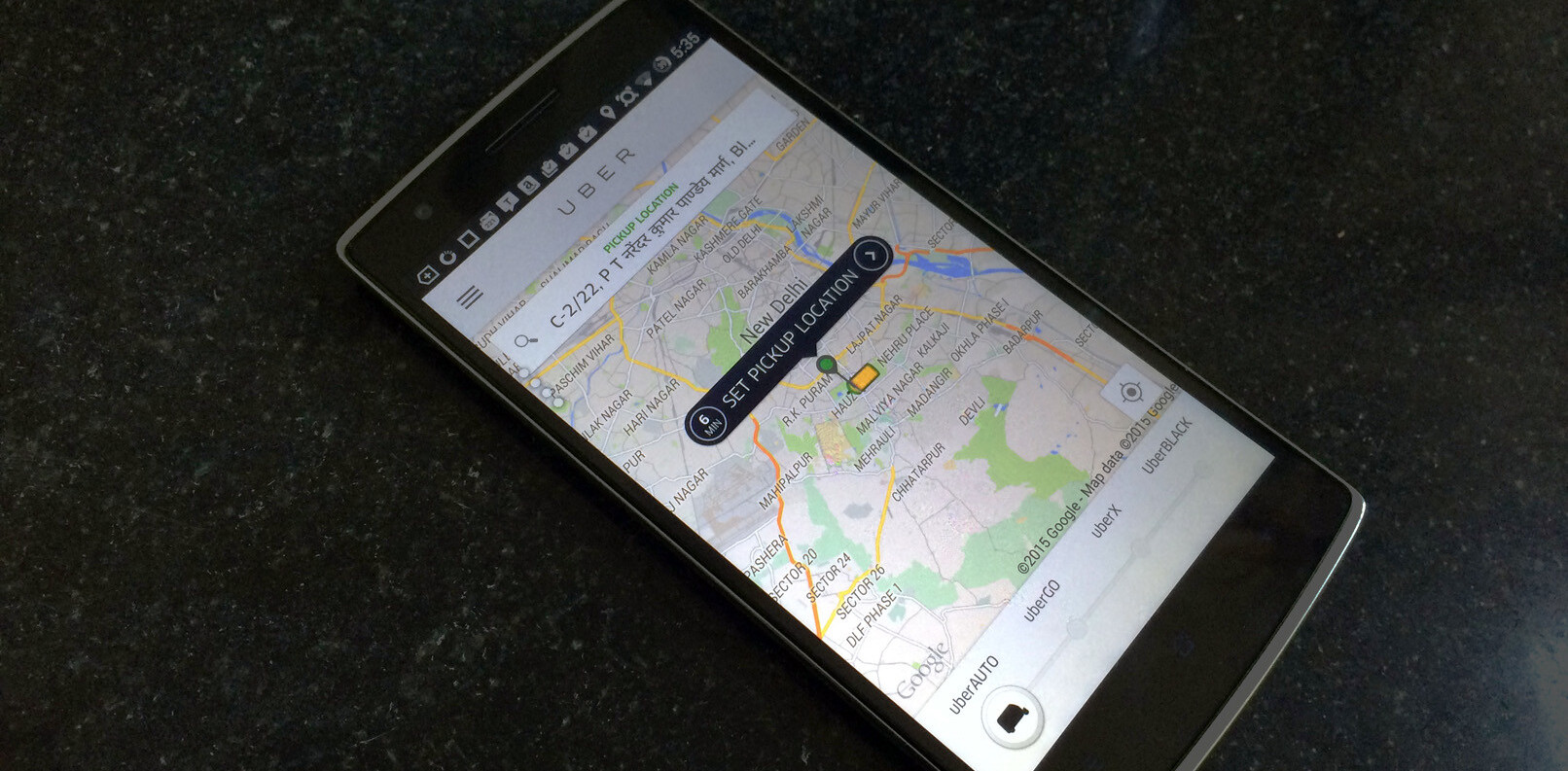
Statistics Canada has issued the results of a survey of Canadian Internet use, and in 2010 the nation’s western-most province, British Columbia, had the highest penetration of households with Internet access in the country.
The results of the survey also illustrated that approximately 8 out of 10 households in Canada had Internet access in 2010, with British Columbia homes sitting at approximately 84 percent while the lowest penetration came from New Brunswick at 70 percent. How Statistics Canada defined the criteria of “home Internet access” is listed on their website as follows:
The “Home Internet access” rate is the proportion of households with access to the Internet from home.
The “Home high-speed access” rate is the proportion of households with a self-reported high-speed connection to access the Internet from home.
The survey also revealed that the majority of Canadians used multiple devices to gain Internet access in 2010, such as mobile phones and tablet computers. Still, desktop computers were the most popular way to log onto the Internet, with 71 percent of households using them as compared to 64 percent for laptops. Other methods of access that were used included wireless handheld devices at 35 percent and gaming consoles at 20 percent.
Those surveyed who lived in “census metropolitan areas” also beat out those who lived in rural areas in terms of home access by a 10 percent margin. 81 percent of those living in a “census metropolitan area” had access to the Internet at home while only 71 percent of those living outside of metropolitan (and areas located in “census agglomerations”) had such a service.
A census metropolitan area (CMA) and a census agglomeration (CA) consist of one or more neighbouring municipalities situated around a major urban core. A CMA must have a total population of at least 100,000, of which 50,000 or more live in the urban core. A CA must have an urban core population of at least 10,000.
Interestingly, for those surveyed who did not have home Internet access (which numbered at 21 per cent), 56 per cent said that they had no desire or need for such service. Other factors that came into play for those who had no home access to the Internet included cost of service or equipment at 20 percent, no device to access it with at 15 percent and a lack of knowledge, confidence or skills to use it at home at 12 per cent.
Approximately 30,000 Canadian households took part in the survey, which was redesigned for 2010 to consist of a household component, which measures home access, and an individual component, which measures online behaviours. The results on the latter will be released later in 2011.
Get the TNW newsletter
Get the most important tech news in your inbox each week.




